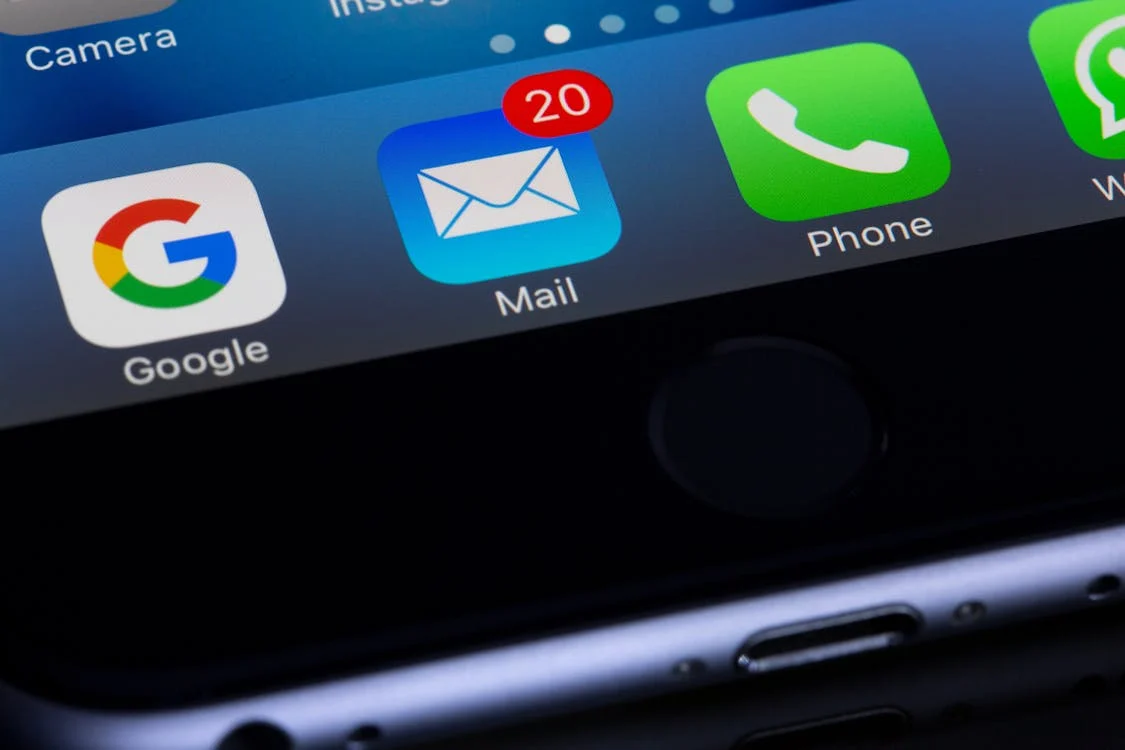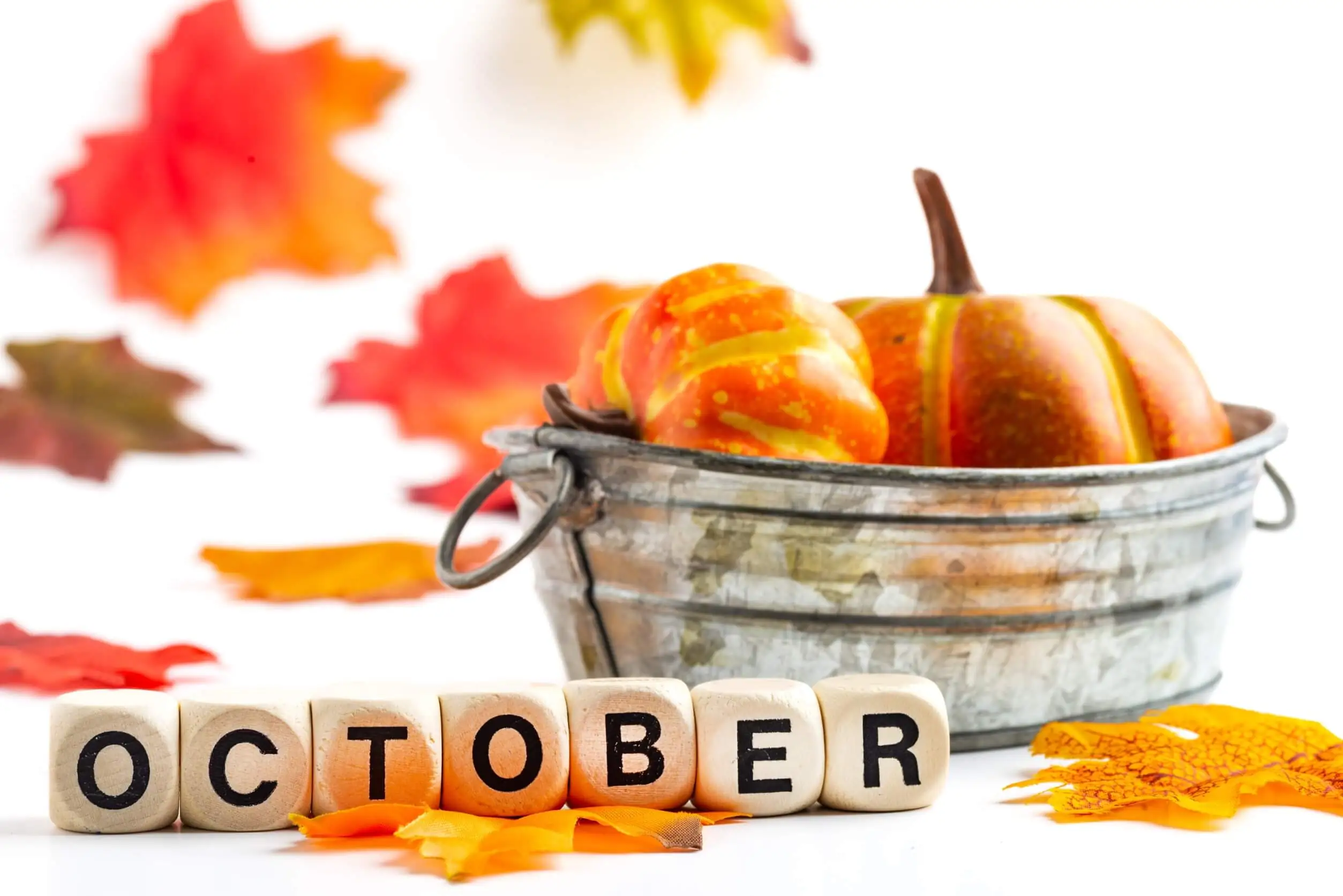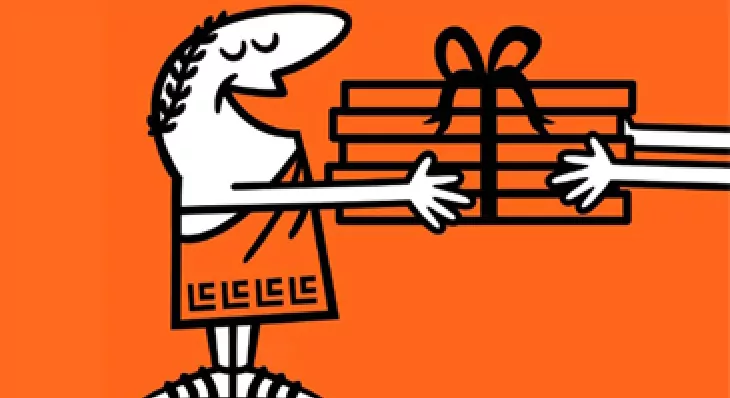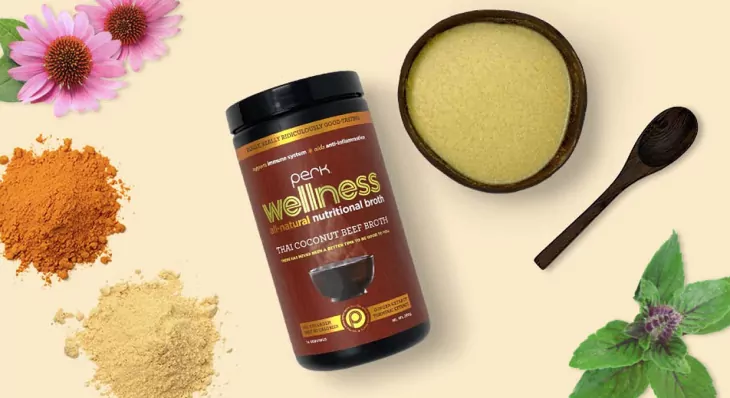Email is one of the most prevalent digital marketing channels today. And for good reason. This medium continues to show undeniable results with Statista projecting emails to bring in nearly 18 billion dollars in revenue by 2027.
However, as lucrative as this channel can be, the strategy must be crafted correctly, with email deliverability in mind, to ensure your messages capture critical inbox views and stay out of the dreaded junk folder.
Maximize your marketing budget by finding the answer to “Why do emails go to junk mail?” and learning how to improve email deliverability.
What is Email Deliverability?
What is email deliverability? Email deliverability refers to where an email “lands” once it has successfully been sent. It is a critical factor to improve in order to avoid overzealous spam filters. Good deliverability means mail services not only categorize your emails into the primary inbox, but your emails can also be easily and correctly sorted into tabbed inboxes (like the “Promotions” folder on Gmail). Optimizing deliverability is the difference between wasted dollars and a strong return on investment (ROI).
How to Improve Email Deliverability and Land in Inboxes
After understanding why email deliverability is critical to success, discover how to stop emails from going to junk folders. There are several strategies savvy marketers can employ to get the most out of every email they deploy.
Splice and Dice
We get it. The temptation to send every email to your entire marketing list is as easy as it is enticing.
However, rule number one in learning how to prevent emails from going to junk is to segment, segment, segment. Sending mass emails too frequently will negatively impact your email deliverability.
On top of that, email providers pay attention to open rates. If users stop opening your emails because they aren’t relevant, your chances of landing in their inbox will also decrease. Segmentation will ensure fewer deliveries with more tailored messaging to keep users engaged.
It’s What’s Inside that Counts
Right alongside open rates, engagement rates are also being noted by email servers. Exploring how to improve email deliverability? One of the best ways to start is evaluating your own content. Emails should be engaging! The subject line should encourage customers to open and the body content should then lead customers to take action and click your links. Increasing email interactions will, in turn, boost your email deliverability.
Watch Your Mouth
You can have highly segmented lists with active email recipients and still be caught by spam filters. These virtual spam nets are one of the top reasons why emails go to junk mail. Filters are generally looking for specific phrases that fall into exaggerated urgency, excitable language, and heavy usage of exclamation points or emojis.
Specific words and phrases often targeted are:
- Deal
- Bargain
- Best offer
- Free sample
Prevent emails from going to junk by changing subject lines and headers. It’s a relatively easy fix that can have a major impact on deliverability.
Opt-In Consent Still Matters
The simplest way to avoid unsubscribes & spam complaint rates which hurt your email deliverability the most, is to only email people who asked you to.
While there are a lot of 3rd party data tools out there now that will grab contacts based on cookies, you need to be careful. If someone didn’t ask to be emailed, their chances of unsubscribing, or worse, marking your email as spam are significantly higher. Even if you test their engagement & plan to remove the unengaged contacts, the damage has likely already been done.
This also extends to list growth strategies like buying lists or asking for an email for something unrelated and assuming they won’t mind getting added to your newsletter. Even collaborative giveaways can do more harm than good (when executed poorly), where the only reason you have the contact is because they wanted to win something from another favorite brand! Even if you’ve collected email consent, make sure it’s explicit and that your content is always targeted to that audience. Reminding those contacts why or how you got their email – to not only increase their interest, but reduce the risk of spam complaints when they forget they entered a giveaway last month.
How to Stop Emails Going to Junk: New Sender Requirements!
Two major email providers, Google and Yahoo, have recently implemented new sender requirements in 2024. This means it’s more important than ever to review how to stop emails going to junk and learn the updated best practices these two providers are looking at.
- Update your “from” address away from a @gmail or @yahoo address. Instead, change to a “from” address that matches your current domain. For example, @arvo.digital.
- Make unsubscribe options clear and present in all emails. While it might seem like a good idea to bury your unsubscribe option, keeping buttons accessible will greatly improve your email deliverability according to new sender requirements.
- Reduce spam complaints. Refining your content to be beneficial and informative to your customers and avoiding cliche urgency language will help lower the amount of self-reported spam on your marketing emails. Keeping these complaints low is necessary for better inbox visibility.
See the full list of new sender requirements from Google and Yahoo here.
Let Us Help
Alt text: A group of professionals meet at a table
Ready to improve your already existing email strategy? Arvo Digital has the marketing experts to help.
Contact us to get the conversation started today.










